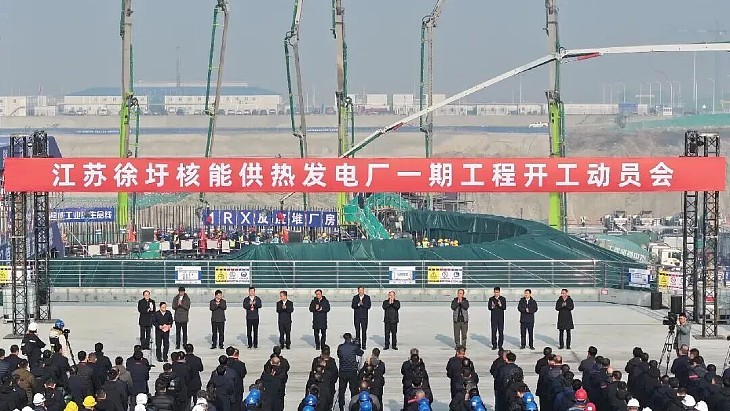The company said the peer-reviewed paper "highlights that the SSR-W - developed by teams in New Brunswick, Ontario, the UK, and the USA - can consume the vast majority of transuranic (TRU) elements present in used fuel bundles from Canada's Candu reactors".
It added: "These transuranic elements, which are created during the fission process, are radioactive for thousands of years. Unlike traditional reactors that accumulate these elements over time, the SSR-W is designed to consume them as fuel, presenting an innovative approach to reducing nuclear waste."
The paper presents results from modelling of this fuel cycle and demonstrates that with repeated fuel recycling an equilibrium can be reached where the concentration of all actinides is reduced during burnup in the reactor and actinide burning can continue indefinitely. The combination of this actinide burning in the reactor and the separation of most fission products in the recycling process results in a large reduction in waste volume, radiotoxicity and heat generation. The flexibility of the fuel cycle is also demonstrated, enabled by the recycling process, online refuelling and a fuel salt chemistry that allows variation of the conversion ratio.
The research concludes that an SSR-W fast spectrum molten salt reactor with a thermal power of 1200 MW eliminates 425 kg of actinides on an annual basis, or about 25 metric tonnes over its lifetime, with a fuel salt composition and isotopic vector that evolves to reach an equilibrium. At this point, the required top-up of TRUs from freshly recycled Candu fuel is constant and corresponds to the amount of TRU transmuted. The equilibrium is also visible with the isotopic vector of the discharged fuel, in which the proportion of plutonium-239 is significantly reduced compared with used Candu fuel.
In addition, the end-of-life core load could itself be recycled and used as start-of-life core load for a new SSR-W, therefore fully closing the nuclear fuel cycle.
"The SSR-W was specifically engineered to efficiently reuse and consume recycled nuclear waste," said Moltex CEO Rory O'Sullivan. "This breakthrough research, the result of years of collaboration, clearly demonstrates that ability."
He added: "Our fuel source is already sitting in stockpiles at nuclear sites around the country. This means we can tap into these resources to produce clean power for years to come."
Moltex is developing three unique technologies: the SSR-W that uses recycled nuclear waste as fuel; a WAste To Stable Salt (WATSS) process for recycling nuclear waste to produce SSR-W fuel; and GridReserve thermal energy storage tanks, enabling the SSR-W to act as a peaking plant.
The company plans to deploy the first WATSS unit at the Point Lepreau site in New Brunswick, where it also plans to deploy the first SSR-W by the early 2030s. NB Power's existing Candu reactor at Point Lepreau is expected to retire around 2040.

_17992.jpg)




_45278.jpg)
_28178.jpg)
_66891.jpg)





